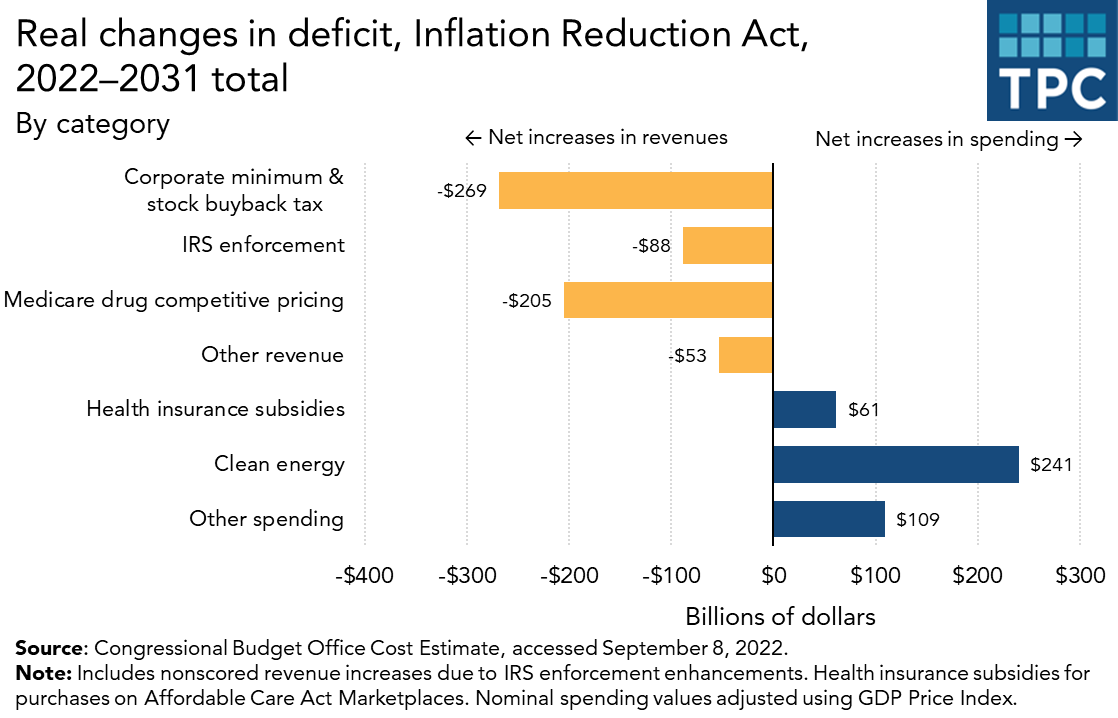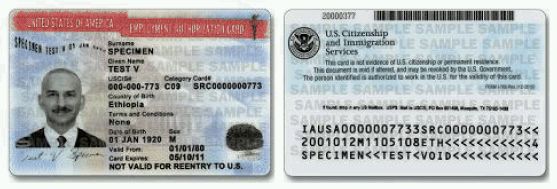Discussing Legislative and Agency Rulemaking Fixes to Section 101
“The brilliance of the 1952 Patent Act was to separate the bases of invalidity into their own lanes, each with a separate standard of analysis… [Recent] Section 101 cases move us backward, mushing up patent eligibility again.” – Andrei Iancu, Irell & Manella
From left: Benjamin Cappel, Wen Xie, Andrei Iancu and Brandon Helms
Last year, there was a great amount of confidence among those in intellectual property circles that the U.S. Supreme Court might finally provide some much-needed clarity to Section 101 subject matter patentability after a petition for writ of certiorari was filed in American Axle v. Neapco Holdings. On the second day of IPWatchdog LIVE 2022, panelists at the breakout session titled “Where Do We Go From Here on Patent Eligibility After American Axle” discussed what opportunities were left for fixing patent eligibility law after the Supreme Court denied cert in that case.
Must Inventors Defy the Laws of Physics to Obtain a Valid Patent?
Benjamin Cappel, Partner at AddyHart P.C. and moderator of this panel, began by asking panelist Andrei Iancu, former Director of the U.S. Patent and Trademark Office (USPTO) and currently Partner at Irell & Manella, whether the Federal Circuit’s majority decision in American Axle requires an inventor to defy the laws of physics in order to obtain a patent valid under Section 101. Though seemingly absurd, many have argued that this would be the result of the Federal Circuit’s reasoning that the use of Hooke’s law in a patented method of manufacture directed the patent claims toward an unpatentable law of nature. Iancu cautioned that the logical conclusion of American Axle swallows all of patent law in just the way that Supreme Court Justice Clarence Thomas warned against in his authored opinion in Alice Corp. v. CLS Bank International (2014). “The real question is, what’s the overall broad-based implication of American Axle?” Iancu asked, adding that the answer to that question won’t become clear until lower courts start applying the Federal Circuit’s decision in other cases.
The panelists at this IPWatchdog LIVE session largely agreed that the Supreme Court’s denial of cert in American Axle suggested that the nation’s highest court was signaling an end to its interest in Section 101 issues, a subject into which the Court has waded numerous times over the past 15 years. Panelist Brandon Helms, Partner at AddyHart, opined that the Supreme Court is probably not going to be the avenue through which Section 101 will be fixed. As Iancu noted, recent Supreme Court case law is eliding different statutory sections of patentability in a way that drags the United States’ patent system back by about 70 years:
“The brilliance of the 1952 Patent Act was to separate the bases of invalidity into their own lanes, each with a separate standard of analysis. That has done great work to clarify patent law… The Section 101 cases move us backward, mushing up patent eligibility again. If a patent is claimed broadly or vaguely, that’s a Section 112 issue and people know how to do a Section 112 analysis. Let’s keep the statutes in their own lanes, then we could have a better way to perform these analyses.”
Mixed Reactions on Tillis’ Patent Eligibility Bill From Panelists and Attendees
Wen Xie, another panelist and Partner at Global IP Counselors, pointed out one salient issue with the patent eligibility framework left behind by Alice, specifically Step 2 of the Alice test in which a court looks to whether a patent’s claims are directed to subject matter that is well-understood, routine or conventional. “The problem is that Section 101 is silent as to how to establish that a claimed invention is well-understood, routine or conventional,” she said. As a result, Section 101 invalidity determinations are entirely discretionary and allow for opinion-based decisions that incorporate none of the evidentiary tests required for other statutory patentability requirements.
Some heated discussion from the panel’s attendees began to develop as the panel’s discussion veered in the direction of potential legislative fixes to Section 101, especially the recent patent eligibility bill proposed by Senator Thom Tillis (R-NC). While panelists, especially Iancu, felt that Tillis should be lauded for wading into those difficult waters, Paul Morinville of inventor advocacy group US Inventor told the panel that the current language of Tillis’ bill, which includes patentability exceptions, is drafted in such a way that it likely excludes artificial intelligence and other critical emerging areas of technology from patentability. Xie agreed that the bill’s language was problematic for those technology sectors by creating a test similar to the Federal Circuit’s machine-or-transformation test rejected by the Supreme Court in Bilski v. Kappos (2009). If the test in Tillis’ bill is construed as requiring a machine to execute behaviors to meet Section 101 patentability, then Xie agreed that many AI systems would fail the patentability standard.
Can Strategic Amicus Filing Get the CAFC to Defer to USPTO Guidelines?
One of the panel’s most intriguing ideas came from attendee Susan Braden, former Chief Judge of the U.S. Court of Federal Claims. Although the Federal Circuit has proven itself impervious to USPTO guidelines on subject matter eligibility, especially in Cleveland Clinic, Judge Braden noted that, in other contexts, federal courts have voluntarily subjected themselves to agency guidance in resolving legal disputes. She pointed out that, within the antitrust context, federal courts regularly defer to horizontal merger guidelines promulgated by the U.S. Department of Justice without performing any further analysis beyond those guidelines. While Judge Braden disagreed that more amicus briefing overall might push the Federal Circuit in the proper direction on Section 101 law, she felt as though some strategic amicus briefing on this point could encourage the Federal Circuit toward deference to the USPTO’s patent eligibility guidelines. Judge Braden also encouraged the room to read a recent Wall Street Journal article by former Attorney General Michael Mukasey speaking on the national security implications of the uncertain state of patent eligibility law. “Our argument to Congress should focus on that and what we need to do to straighten out the law for the sake of national security,” she said.
“If I were advising the USPTO, I’d tell them not to try to fix Alice by talking about Alice,” Xie said on the subject of updating the agency’s patent eligibility guidelines. She suggested that the creation of special examination procedures for applications in areas that are particularly susceptible to Section 101 rejections, such as cloud computing. Bob Stoll, another session attendee and Partner at Faegre Drinker, countered that such agency rulemaking likely runs afoul of the Agreement on Trade-Related Aspects of IP Rights (TRIPS), which could put U.S. corporations at risk of international intervention in technology sectors where the nation is trying to achieve global dominance.
Iancu: Other Patent Systems Have Developed a Workable Eligibility Framework
Though there was some dissension from the inventor advocates attending this particular session, especially on the subject of Tillis’ bill, Helms noted that their words were not lost on the panelists and other lawyers in attendance, many of whom work with independent inventors. Inventor and IP owner Doug Pittman urged those in attendance to instead support the Restoring America’s Leadership in Innovation Act introduced last year by Representative Thomas Massie (R-KY).
Perhaps the session’s most encouraging words came from Iancu, who argued that a workable framework on the subject matter eligibility question has already been developed by many countries that have implemented a national patent system. At a high level, these national frameworks include a broad statement on patentability akin to the traditional construction of Section 101 within the U.S. prior to recent patent eligibility case law. Those permissive statutes are then qualified by a series of exceptions for unpatentable subject matter like mathematical formulas or products found in nature. However, Iancu underscored the critical nature of these exceptions as per se exceptions, at which point courts in those foreign jurisdictions look at whether the claimed patent makes a practical use of those per se exceptions. Such a framework would support patent eligibility for critical segments of technology like cryptography, which makes heavy use of mathematical formulas, without running afoul of Federal Circuit case law on Section 101. “We’re the oldest modern patent system in the world, but the last to figure out a working patent subject matter eligibility framework,” Iancu said.
Steve Brachmann
Steve Brachmann is a graduate of the University at Buffalo School of Law, having earned his Juris Doctor in May 2022 and served as the President of the Intellectual Property […see more]







